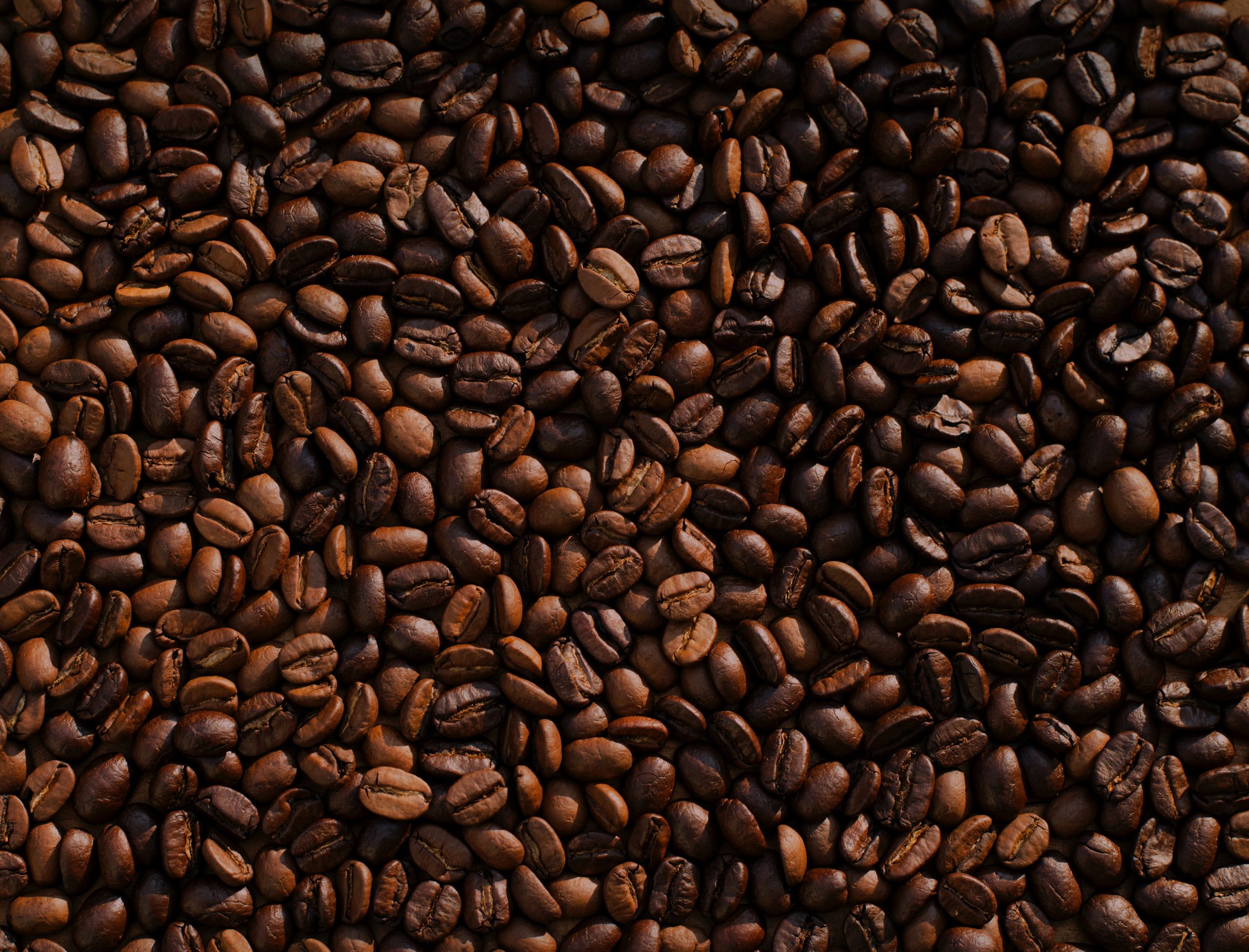To train effectively, you need to know your heart rate. Its frequency directly affects what kind of result you get. If you are in the correct pulse zone, breathing does not go astray, it becomes easy to move, and exercises have an effect. We will tell you how to calculate this zone.
The heart rate is constantly changing depending on the load we are subjected to. When you are at home in a state of complete rest, she is one, when you are studying in the gym – another, when in a hurry you run up the stairs – the third. The heart pumps blood throughout the body, delivering oxygen to tissues, organs and muscles. To do this, it makes a certain number of beats per minute. This is what is called the pulse.
In order for the training to bring the desired result, but not harm, it is necessary to achieve a certain heart rate. Resting heart rate starts from 60-100 beats per minute. Professional marathon runners can have between 40-60. Anything above this limit is considered a load.
What are the heart rate zones?
The heart rate zone is a specific heart rate rhythm that is calculated as a percentage of the maximum allowable heart rate (MHR). Where the MHR is 100%.
There are five zones:
Gray, 50-60%
This is a low heart rate that is only slightly higher than at rest. It is in it that you need to start the exercises. To gradually prepare the heart muscle for heavy loads. If your workout involves high and low intensity, you can return to the “gray” zone between stages. And when you do strength exercises with weights to build muscles, this pulse will tell you that it’s time to take a new approach.
Blue, 60-70%
The fat burning zone begins at about 60% of the maximum heart rate. The body uses fat cells as energy by oxidizing them with oxygen. Therefore, the “blue” zone is ideal for losing weight. Especially for beginners who are not yet ready for maximum loads.
Green, 70-80%
The middle aerobic zone, in which you can also lose weight, and also train endurance.
Yellow, 80-90%
These are very intense indicators. They are not considered suitable for weight loss, since the supply of energy to cells takes place without the participation of oxygen. But in the “yellow” zone, the lungs consume maximum air. Their vital capacity is growing. If you regularly train in this zone, you will forever forget what shortness of breath is.
Red, 90-100%
As the heart rate approaches its maximum, even experienced athletes find it difficult. And a beginner shouldn’t stay in this zone for more than a minute. All sports records are made in it. Exercise with this heart rate will help develop maximum endurance. But it is important to monitor your well-being. Ideally, it is better to train with a “red” frequency under the supervision of a trainer.
How to calculate your heart rate zone?
First you need to know your MHR. It differs depending on gender, age, build and physical fitness of a person. There are different calculation formulas, but only practice gives the most accurate results. Try the following practical method.
Start it only after a good rest, when you feel good. Start with a light stretch to get into the gray area. Then walk for a minute and run for 3 minutes, here you will already be in the “green” zone. Immediately after that, you need to complete three short running sprints, one after the other. Run 20 seconds, rest 20-30 seconds, run again, rest and complete the last sprint. Speed up more and more each time. For the third time, try to run as best you can. Then check your pulse immediately. This will be your limiting frequency, 100%, from which you can count the zones.
You can find out your pulse in different ways. The easiest way is to place your finger on the carotid artery in your neck and count the number of beats in 60 seconds. But it is not always convenient to look for an artery and spend time on independent calculations.
Therefore, modern technologies will come to the rescue:
A fitness bracelet with an optical sensor – fitness bracelets and smart watches count the heart rate thanks to LEDs that show through the capillaries under the skin; if the accessory is well fixed on the wrist, the readings will be very accurate; but during intense exercise, the bracelet may move, which will cause small errors; the chest strap is a more reliable device, due to fixation on the chest, it gives the most accurate indicator.
A chest sensor is a more reliable device, due to fixation on the chest it gives the most accurate indicator.
The sensors are synchronized with mobile applications, so it’s easy to track your statistics for a certain period of time. In some fitness clubs, special monitors are even installed, on which the indicators of measuring instruments are displayed. Before starting a workout, everyone wears the sensor and can track their heart rate in real time without having to constantly look at the small screen on their wrist.
In addition, such apps provide information on the approximate number of calories burned and other statistics that will show how effective the workout was. Therefore, the combination of modern gadgets and a thoughtful approach to classes gives an excellent result. If you are going to seriously engage in sports, be sure to find out your baseline data and assess the possibilities.






